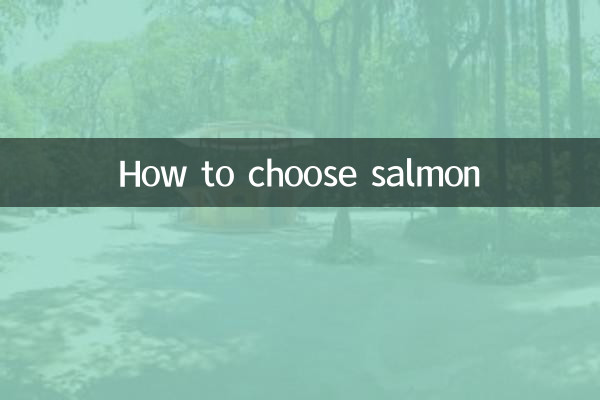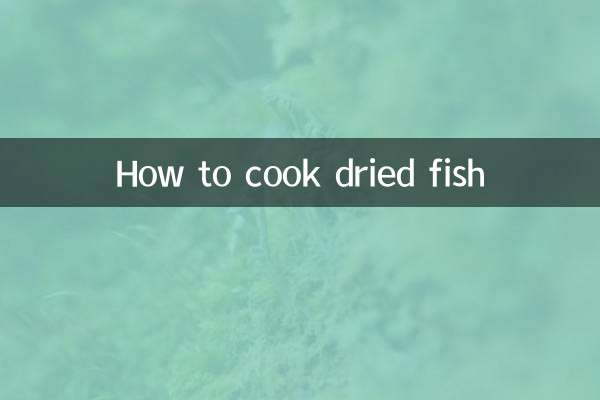How to Choose Salmon: A Comprehensive Guide from Origin to Quality
Salmon has become one of the favorite ingredients among consumers around the world due to its rich nutrition and delicious taste. However, there are many kinds of salmon on the market with varying quality. How to choose high-quality salmon has become a confusion for many people. This article will start fromOrigin, variety, freshness, color, textureand multiple dimensions to provide you with a comprehensive purchasing guide.
1. Main producing areas and varieties of salmon

Salmon is not a single species, but a collective name for salmonids. There are significant differences in taste, fat content and price of salmon from different origins. The following is a comparison of the world’s major salmon producing areas and varieties:
| Origin | variety | Features | Suitable for consumption |
|---|---|---|---|
| Norway | atlantic salmon | High fat content, delicate meat | Sashimi, grilled |
| Chile | atlantic salmon | Great value for money, mild flavor | smoked, salad |
| Alaska | sockeye salmon, king salmon | Wild caught, firm meat | BBQ, stew |
| Japan | fall salmon | Seasonal supply with unique flavor | Sushi, sashimi |
2. How to judge the freshness of salmon?
Freshness is the core indicator when purchasing salmon. Here are the key points to judge freshness:
| index | Fresh salmon characteristics | Stale performance |
|---|---|---|
| color | Orange-red or deep pink, uniform and shiny | Dark, gray, or brown spots |
| odor | The faint fragrance of sea water | Fishy or ammonia smell |
| meaty | Quickly rebounds after pressing, with clear texture | Loose, sticky or leaking |
| fish eye | Clear and transparent, full eyes | Turbidity and depression (applicable to whole fish) |
3. Farmed vs wild: how to choose?
Farmed salmon and wild salmon each have their own advantages and disadvantages, and consumers can choose according to their needs:
| Comparative item | farmed salmon | wild salmon |
|---|---|---|
| fat content | Higher, the taste is fatter and tender | Lower, the meat is firmer |
| Parasite risk | Need to be frozen (-20℃×24 hours) | Very low risk |
| price | About 1/3-1/2 of wild | Expensive and inconsistent supply |
| sustainability | Need to pay attention to MSC certification | Eco-friendly but resource limited |
4. Suggestions on purchasing channels
The quality of salmon from different channels varies greatly:
1.High-end supermarket: Such as Ole' and City'super, which usually provide Norwegian/Chilean chilled fish, which can be cut on-site;
2.E-commerce platform: JD.com and Hema Fresh, please check the cold chain delivery timeliness;
3.seafood market: Be wary of “rainbow trout” being passed off as salmon;
4.Member-only supermarket: Costco’s Sam’s Club store is more cost-effective when buying the whole product.
5. Processing and preservation techniques
•refrigeration: Can be stored at 0-4℃ for 1-2 days, needs to be wrapped in kitchen paper to absorb water;
•freezing: Can be stored for 1 month below -18℃, it is recommended to pack and seal;
•thaw: Move to the refrigerator 12 hours in advance to avoid repeated freezing and thawing.
Through the above structured data comparison and practical suggestions, I believe you can easily choose high-quality salmon. remember"Look at the color first, smell the smell secondly, and feel the texture thirdly"Tips to enjoy a healthy and delicious salmon dinner!

check the details

check the details